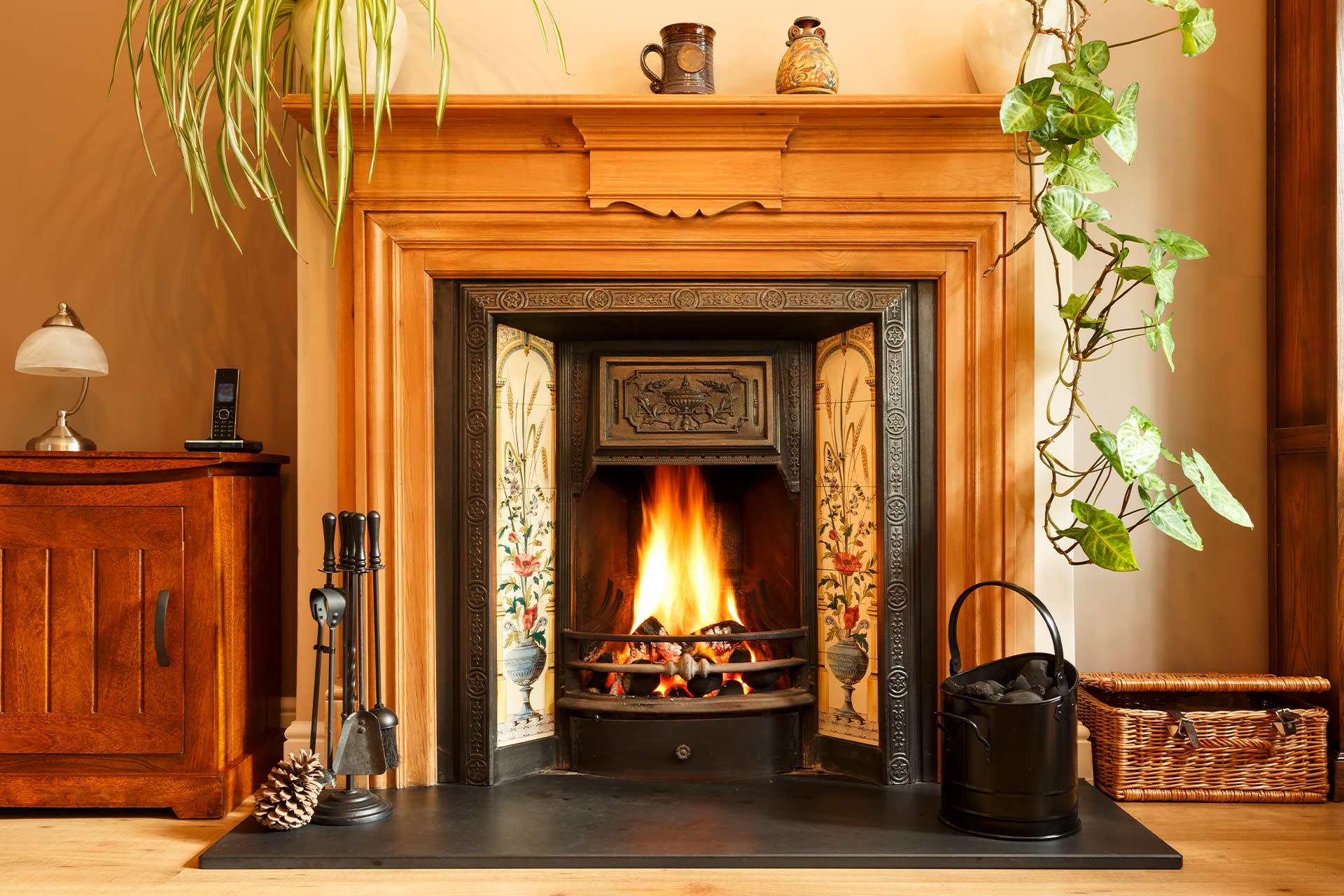

Articles
What Is The Hearth On A Fireplace
Modified: January 18, 2024
Discover the importance of the hearth on a fireplace with our informative articles. Explore the various materials, designs, and functions of hearths for a cozy and functional fireplace experience.
(Many of the links in this article redirect to a specific reviewed product. Your purchase of these products through affiliate links helps to generate commission for Storables.com, at no extra cost. Learn more)
Introduction
Welcome to the world of fireplaces, where warmth and comfort fill the air. When envisioning a cozy fireplace, it’s easy to overlook one essential component that adds both functionality and visual charm – the hearth. Often overlooked but never forgotten, the hearth holds a special place in the heart of every fireplace enthusiast.
But what exactly is the hearth? What purpose does it serve? In this article, we will explore the fascinating world of hearths and delve into their significance in fireplace safety, design, and aesthetics. So, grab your favorite warm beverage and let’s take a closer look at this integral part of the fireplace experience.
P.S. – If you’re lucky enough to have a fireplace in your home, you might want to give your hearth an appreciative pat after reading this article!
Key Takeaways:
- The hearth is more than just a decorative element; it’s a crucial safety feature that protects your home from fire hazards and adds warmth and character to your fireplace.
- Choosing the right material and design for your hearth can enhance the overall aesthetic appeal of your fireplace, creating a visually captivating focal point in your living space.
Read more: How To Remove A Fireplace Hearth
Definition of the Hearth
The hearth, in the context of a fireplace, refers to the fire-resistant flooring that extends in front of and around the firebox. It is commonly made of materials like stone, brick, or concrete and serves as a protective barrier between the fire and the surrounding area.
Historically, the word “hearth” referred to the central area in a home where a fire was lit for cooking, heating, and gathering. Over time, as fireplaces became more prevalent, the term ‘hearth’ adapted to refer specifically to the area directly in front of the fireplace.
Today, the hearth has evolved into a decorative feature while still maintaining its original function of preventing fire damage. It is now an integral part of any fireplace design, adding a touch of elegance and serving as a practical element to ensure safety.
The dimensions and shape of the hearth can vary depending on the design and size of the fireplace. It can extend a few feet from the front of the firebox or span the entire width of the fireplace opening. The height of the hearth is typically a few inches above the floor to provide a sufficient barrier between the fire and the surrounding area.
Purpose of the Hearth
The hearth serves several important purposes within the context of a fireplace. Let’s explore them:
- Fire Protection: One of the primary functions of the hearth is to protect the surrounding area from the intense heat and potential sparks or embers that can be produced by the fire. By creating a non-combustible barrier, the hearth helps prevent accidental fires and reduces the risk of damage to the floor or nearby furnishings.
- Safety and Containment: The hearth acts as a visual boundary that reminds people to exercise caution and maintain a safe distance from the fire. Its raised platform prevents ashes or debris from spreading throughout the room, keeping the fire contained within a defined space.
- Heat Reflection: The hearth absorbs the heat generated by the fire and radiates it into the room, enhancing the overall warmth and comfort. This makes the hearth not only a functional part of the fireplace but also contributes to its cozy ambiance.
- Structural Stability: In addition to its protective qualities, the hearth provides a stable foundation for the fireplace structure. It supports the weight of the firebox and chimney, ensuring proper balance and preventing any shifting or movement.
- Aesthetics: The hearth also plays a crucial role in the overall aesthetic appeal of the fireplace. With its wide range of materials, textures, and design options, the hearth can complement any interior style and become a focal point in the room. It adds character, warmth, and a touch of sophistication to the fireplace area.
By fulfilling these purposes, the hearth contributes to a safe, functional, and visually pleasing fireplace experience. Whether you’re gathering around the fire for warmth, enjoying the crackling sound, or simply appreciating the beauty of the flames, the hearth is there to support and enhance the enjoyment of your fireplace.
Materials Used for the Hearth
When it comes to choosing the material for your hearth, you have a wide array of options available. The choice of material depends on various factors, including the desired aesthetic, durability, and maintenance requirements. Let’s explore some popular materials used for hearths:
- Stone: Stone is a timeless and classic choice for hearths. Options like granite, marble, slate, and limestone offer durability and a natural beauty that can enhance any fireplace design. Stone hearths can be polished for a sleek and elegant look or left in their natural state for a more rustic appeal.
- Brick: Brick hearths bring a cozy and traditional charm to the fireplace. The natural warmth of bricks complements both traditional and contemporary styles. They can be laid in various patterns, such as herringbone or basket weave, to add visual interest to the hearth.
- Concrete: Concrete hearths offer versatility in design and can be customized to fit any style or color scheme. They can be left in their natural gray state or stained to achieve a specific look. Concrete hearths are known for their durability and ease of maintenance.
- Tiles: Ceramic, porcelain, or natural stone tiles can be used to create a stunning and unique hearth design. Tiles offer a wide range of colors, textures, and patterns, allowing for endless creative possibilities. They are also relatively easy to clean and maintain.
- Metal: For a modern and sleek look, metal hearths, such as stainless steel or copper, can be an excellent choice. Metal hearths can be customized in various shapes and sizes and can withstand high temperatures. They add a contemporary flair to the fireplace design.
- Wood: While less common, wood hearths can provide a rustic and cozy feel. However, it is important to note that wood is combustible and may not meet certain safety standards. If opting for a wood hearth, it is vital to ensure proper insulation and fireproofing measures are in place.
Each material has its own unique characteristics, and the choice ultimately depends on personal preference and the desired look and feel of the fireplace. Consider consulting with a professional fireplace designer or contractor to help you select the most suitable material for your hearth.
Remember, regardless of the material you choose, ensure it meets local building codes and safety regulations to prioritize the protection of your home and loved ones.
Design and Construction of the Hearth
The design and construction of the hearth are crucial aspects of creating a functional and aesthetically pleasing fireplace. Here are some key factors to consider:
- Size and Proportions: The size of the hearth should be proportional to the fireplace and the room it occupies. It should provide enough space for comfortable seating or standing in front of the fire. The depth and width of the hearth should align with the dimensions of the firebox, ensuring a seamless integration.
- Height: The height of the hearth is typically a few inches above the floor. It should be raised enough to create a barrier and prevent any accidental contact with the fire. However, it should not be so high that it becomes a tripping hazard or impedes access to the fireplace.
- Material and Finish: The choice of material and finish for the hearth should harmonize with the overall interior design and style of the room. Consider the durability, maintenance requirements, and desired aesthetic when selecting the material. Polished, honed, or textured finishes can add a touch of sophistication or create a rustic appeal.
- Shape and Profile: Rectangular or square hearths are the most common shapes, but you can also opt for curved or custom-shaped hearths to add visual interest. The profile of the hearth can be flush with the floor or raised slightly for a more prominent appearance. It’s important to ensure that the design of the hearth complements the fireplace and the room’s overall architecture.
- Embellishments: Depending on your personal style and preference, you can add decorative elements to the hearth, such as engraved patterns, tile accents, or wood detailing. These embellishments can elevate the visual appeal of the hearth and create a focal point within the room.
- Installation and Safety Measures: To ensure proper installation, it is essential to consult with a professional fireplace contractor or installer. They will ensure that the hearth is securely placed and meets all safety requirements. This includes proper insulation, fireproofing, and compliance with local building codes.
Remember that the design and construction of the hearth should not only adhere to aesthetic considerations but also prioritize safety and functionality. Consulting with professionals and experts in fireplace design and installation will help you achieve the desired look while ensuring the hearth serves its intended purpose.
By carefully considering these design and construction factors, you can create a hearth that perfectly complements your fireplace, enhances the overall ambiance, and becomes a cherished element in your home.
The hearth on a fireplace is the floor area in front of the firebox. It is typically made of fire-resistant materials like brick, stone, or tile to protect the surrounding floor from heat and sparks.
Read more: How To Replace A Fireplace Hearth
Importance of the Hearth in Fireplace Safety
The hearth plays a critical role in ensuring fireplace safety. Let’s explore the importance of the hearth in maintaining a safe and secure fireplace environment:
- Fire Protection: The primary purpose of the hearth is to protect the surrounding area from the intense heat and potential sparks or embers that can be produced by a fire. By providing a fire-resistant barrier, the hearth prevents accidental fires and reduces the risk of damage to the floor or nearby furnishings.
- Containment: The raised platform of the hearth helps to contain the fire within a designated space. It prevents ashes, embers, and debris from spreading throughout the room, reducing the risk of accidental burns or fire hazards.
- Preventing Heat Damage: The hearth absorbs and dissipates the heat generated by the fire, protecting the underlying flooring material and surrounding structures. This prevents heat damage to the floor and minimizes the risk of fire spreading to the surrounding area.
- Trip Hazard Reduction: The raised profile of the hearth serves as a visual and physical boundary, alerting people to the presence of the fireplace and reducing the risk of accidental falls or injuries. It provides a clear delineation between the fire area and the rest of the room.
- Child and Pet Safety: The hearth acts as a deterrent and barrier, particularly for children and pets, preventing direct access to the firebox. This reduces the risk of accidental burns or injuries and provides peace of mind for parents and pet owners.
- Fireplace Equipment Placement: The hearth offers a designated area to place fireplace tools and accessories, such as pokers and fire screens. This ensures that these items are readily accessible for use while maintaining a safe distance from the fire.
By understanding and valuing the importance of the hearth in fireplace safety, you can make informed decisions about its design, materials, and construction to ensure optimal protection. It is also crucial to regularly check the hearth for any damage, cracks, or erosion and address any issues promptly to maintain its integrity and safety.
Remember, a well-designed and properly constructed hearth is not only aesthetically pleasing but also critical for maintaining a safe and enjoyable fireplace experience for you and your loved ones.
Hearth Maintenance and Cleaning
Proper maintenance and regular cleaning of the hearth are essential to ensure both its longevity and the overall safety of your fireplace. Here are some tips to help you keep your hearth in top-notch condition:
- Regular Inspections: Conduct periodic inspections of the hearth to check for any cracks, signs of erosion, or damage. Address any issues promptly to prevent further deterioration and ensure the hearth’s integrity.
- Cleaning Ashes: After each use, remove any ashes or debris from the hearth. Use a fireplace shovel and brush to carefully scoop them into a metal ash bucket. Never dispose of hot ashes in any flammable materials or containers.
- Removing Stains: Depending on the material of your hearth, there may be some stains or dirt buildup over time. Use appropriate cleaning products recommended for your specific hearth material to remove stains or dirt. Follow the manufacturer’s instructions and use caution to avoid damaging the surface.
- Sealing: If your hearth is made of porous materials like stone or brick, consider applying a sealant to the surface. This will help protect it from staining and make it easier to clean in the future. Consult with a professional or refer to the manufacturer’s guidelines for the appropriate sealant.
- Protective Measures: To prevent accidental damage or staining, place a non-combustible mat or rug in front of the fireplace. This will provide an extra layer of protection for the hearth and make cleaning easier.
- Avoid Harsh Chemicals: When cleaning your hearth, avoid using harsh chemicals, abrasive cleaners, or scrub brushes that can damage the surface. Opt for mild, non-abrasive, and non-toxic cleaners that are safe for your specific hearth material.
- Regular Maintenance: Follow a regular maintenance routine to keep your hearth looking its best. This may include dusting, gentle sweeping, or wiping down the surface regularly to remove any dirt or dust buildup.
- Professional Maintenance: Consider scheduling professional maintenance and cleaning for your fireplace and hearth. A certified chimney sweep or fireplace technician can inspect and clean the chimney, ensuring the proper functioning of the fireplace and minimizing any potential hazards.
By following these maintenance and cleaning tips, you can ensure the longevity and safety of your hearth while preserving its aesthetic appeal. Regular upkeep will not only enhance the overall look of your fireplace but also maintain its functionality for years to come.
Enhancing the Hearth’s Aesthetic Appeal
The hearth is not just a functional component of the fireplace; it can also be a visually captivating element that adds character and charm to your living space. Here are some ideas to enhance the aesthetic appeal of your hearth:
- Consider the Material: Choose a hearth material that complements your overall interior design style. Whether it’s the timeless elegance of stone, the rustic warmth of brick, or the sleekness of metal, the material you select will set the tone for the entire fireplace area.
- Experiment with Colors and Finishes: Explore different colors and finishes to give your hearth a unique look. For stone hearths, you can choose between polished, honed, or textured finishes to achieve the desired aesthetic. With brick hearths, you can play around with different paint or stain colors to match your décor.
- Add Dazzling Tiles: Incorporate decorative tiles into your hearth design to introduce pattern, texture, or a pop of color. Whether it’s intricate mosaic designs, hand-painted tiles, or bold geometric patterns, tiles can elevate the visual impact of your hearth.
- Incorporate Wood Accents: Introduce a touch of warmth and natural beauty by incorporating wood accents into your hearth design. Wood beams, mantels, or shelves can be added above or alongside the hearth, providing a cozy and inviting atmosphere.
- Showcase Artwork: Displaying artwork above the hearth can create a striking focal point. Choose pieces that complement the style of the fireplace and the overall room aesthetic. Consider using a combination of framed paintings, photographs, or mirrors to add depth and visual interest.
- Accessorize with Décor: Decorative objects, such as vases, candle holders, or sculptures, can be placed on or near the hearth to enhance its visual appeal. Choose pieces that reflect your personal style and complement the overall décor of the room.
- Highlight with Lighting: Install accent lighting to illuminate the hearth area and draw attention to its beauty. Consider installing wall sconces, recessed lighting, or even a spotlight to enhance the ambiance and showcase the hearth as a visual centerpiece.
- Keep it Clean: Regularly clean and maintain the hearth to keep it looking its best. A clean hearth will enhance the overall aesthetic and showcase the beauty of the materials used.
Remember, the key to enhancing the hearth’s aesthetic appeal is to blend it seamlessly with your overall interior design style. Experiment with different materials, finishes, and decorative elements to create a hearth that truly represents your unique taste and adds a captivating touch to your fireplace area.
Lastly, don’t be afraid to seek inspiration from design catalogs, home improvement websites, or consult with a professional designer to help you achieve the desired look for your hearth.
Conclusion
The hearth is much more than a mere component of a fireplace; it is a symbol of warmth, comfort, and safety. From its humble origins as the central gathering place in ancient homes to its modern incarnation as a decorative and functional element, the hearth holds a special place in the hearts of fireplace enthusiasts.
We have explored the definition of the hearth and its purpose in maintaining the safety of your fireplace. The materials used for the hearth offer a wide range of options to suit any style and preference. Understanding the design and construction considerations helps ensure the hearth integrates seamlessly into your fireplace area.
We have also emphasized the importance of regular maintenance and cleaning to preserve the hearth’s integrity and aesthetics. By following proper care and maintenance routines, you can enjoy the enduring beauty of your hearth for years to come.
Furthermore, we have discussed how the hearth can be transformed into a visually captivating element. From choosing the right materials and colors to incorporating decorative tiles, wood accents, and artwork, there are numerous ways to enhance the aesthetic appeal of your hearth and make it a true focal point in your living space.
Whether you gather around it for warmth and relaxation, showcase it as a stunning design feature, or appreciate its role in fireplace safety, the hearth remains a significant and cherished part of the fireplace experience.
So, as you indulge in the cozy, crackling embrace of your fireplace, spare a moment to appreciate the hearth that supports and protects the fiery heart of your home. It is an ever-present reminder of the warmth, comfort, and beauty that a fireplace brings to our lives.
Now, go ahead and bask in the radiant glow of your fireplace, while your hearth proudly stands as a testament to the timeless allure of the fire.
Frequently Asked Questions about What Is The Hearth On A Fireplace
Was this page helpful?
At Storables.com, we guarantee accurate and reliable information. Our content, validated by Expert Board Contributors, is crafted following stringent Editorial Policies. We're committed to providing you with well-researched, expert-backed insights for all your informational needs.
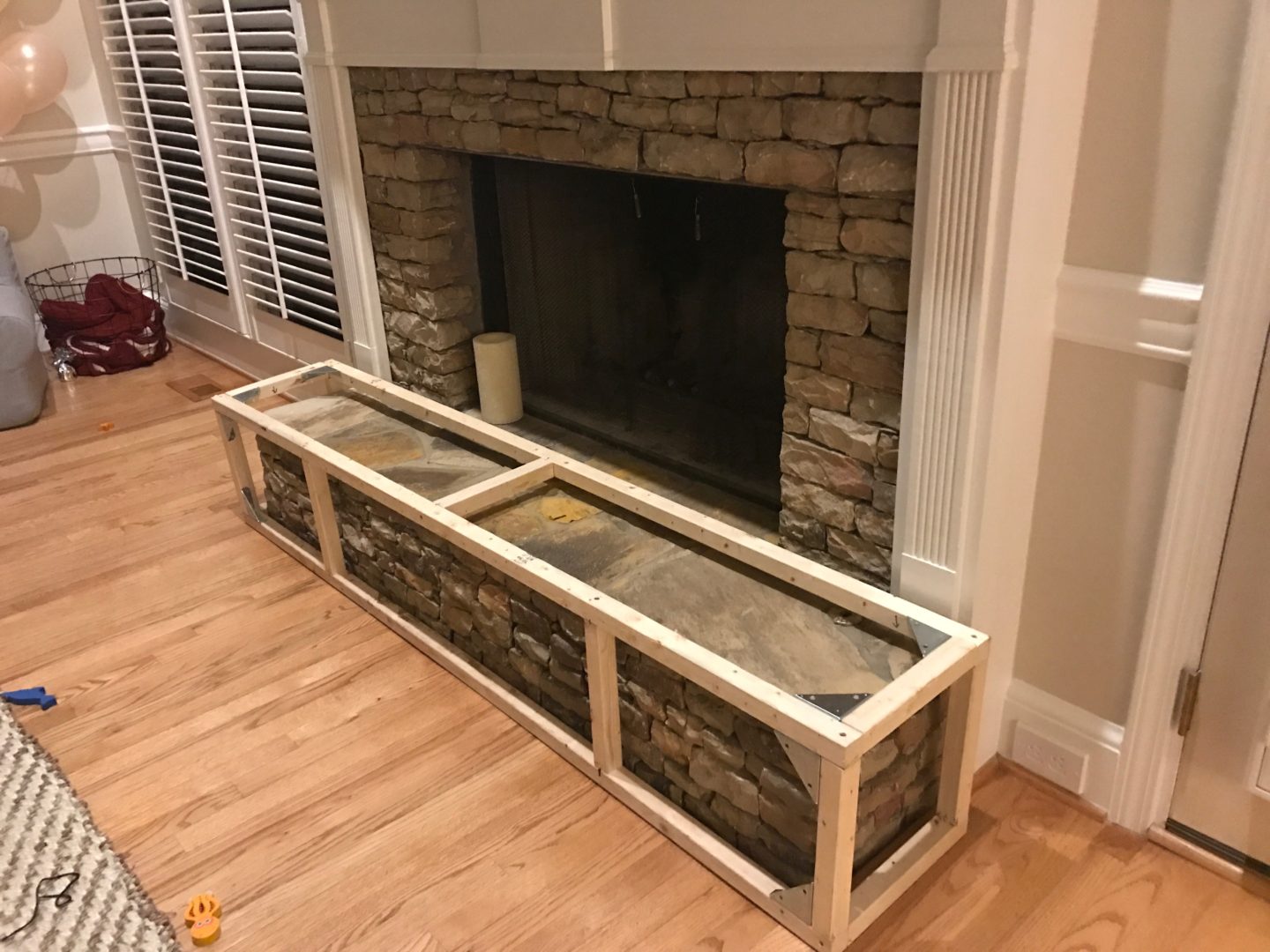
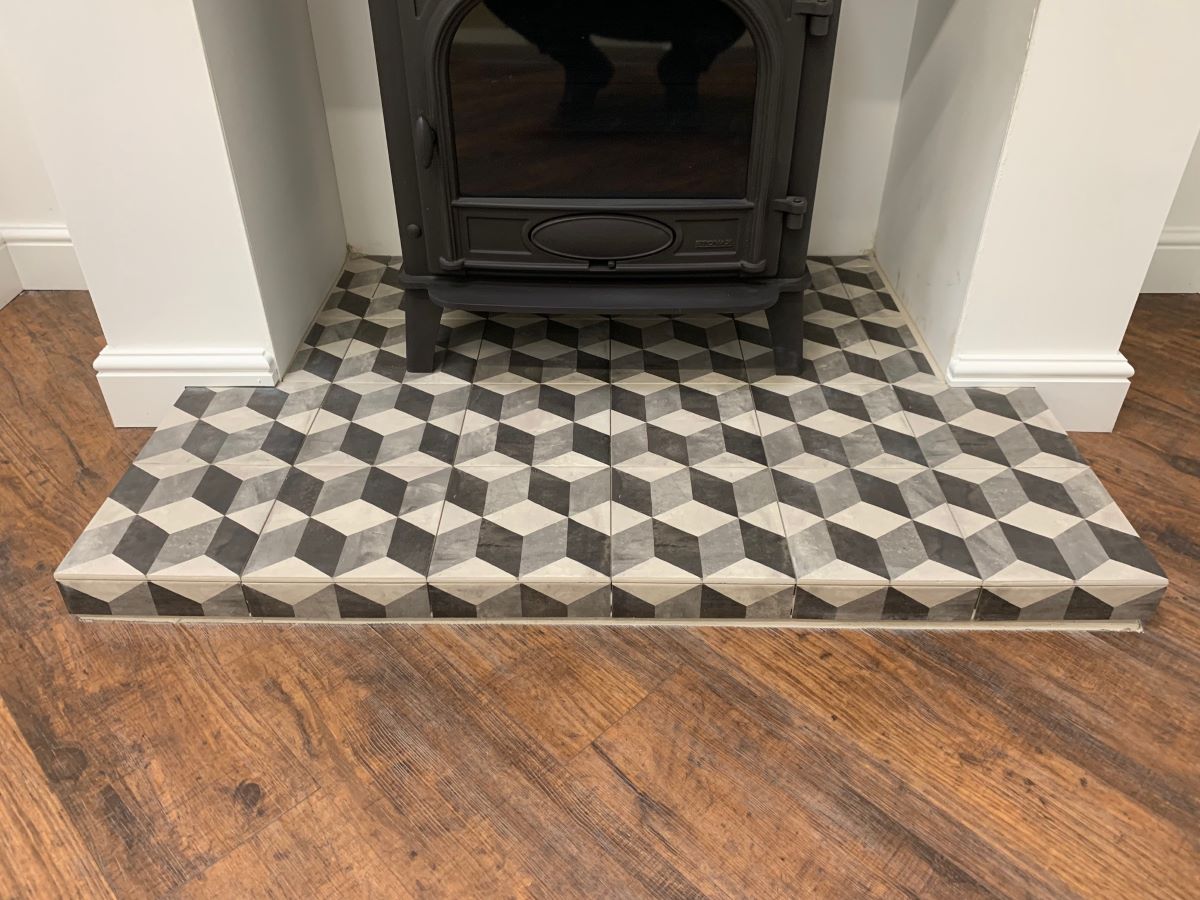
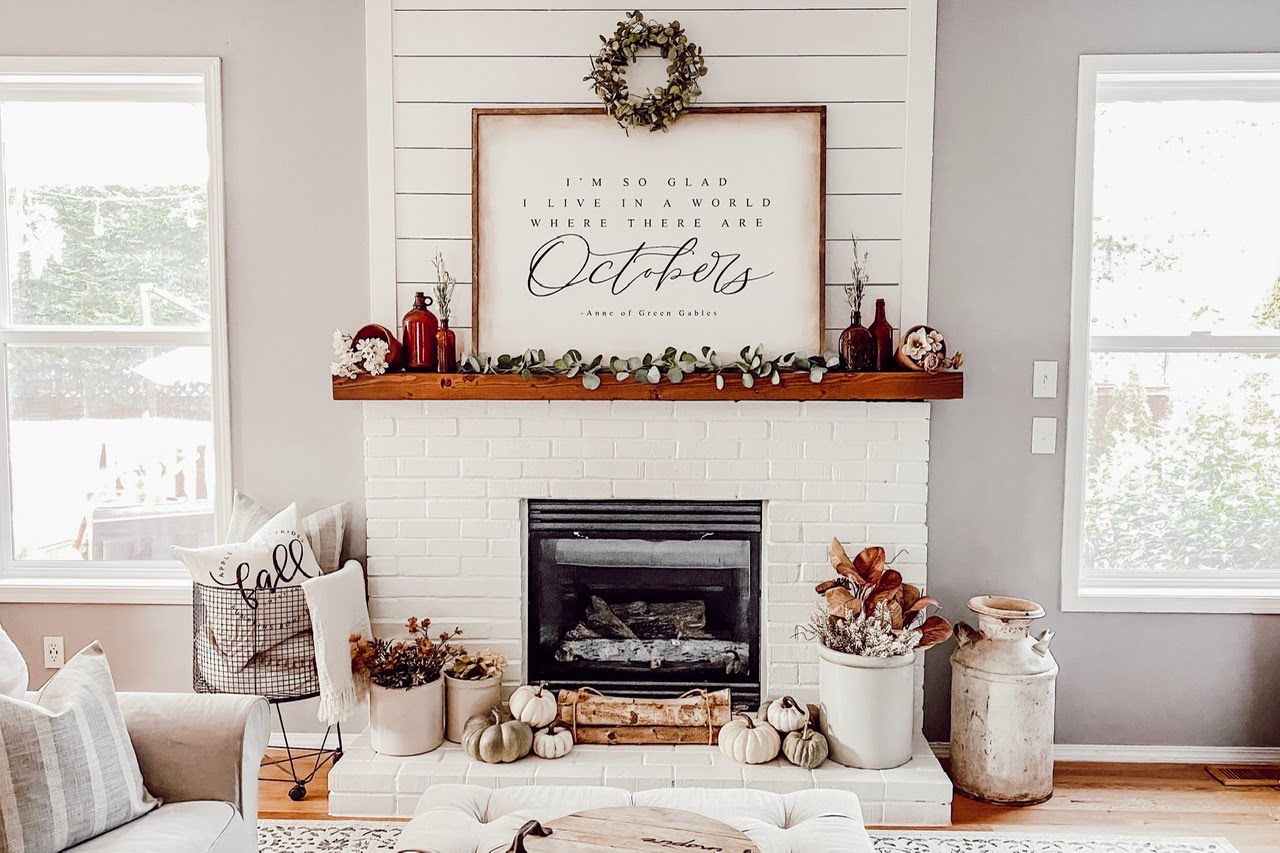

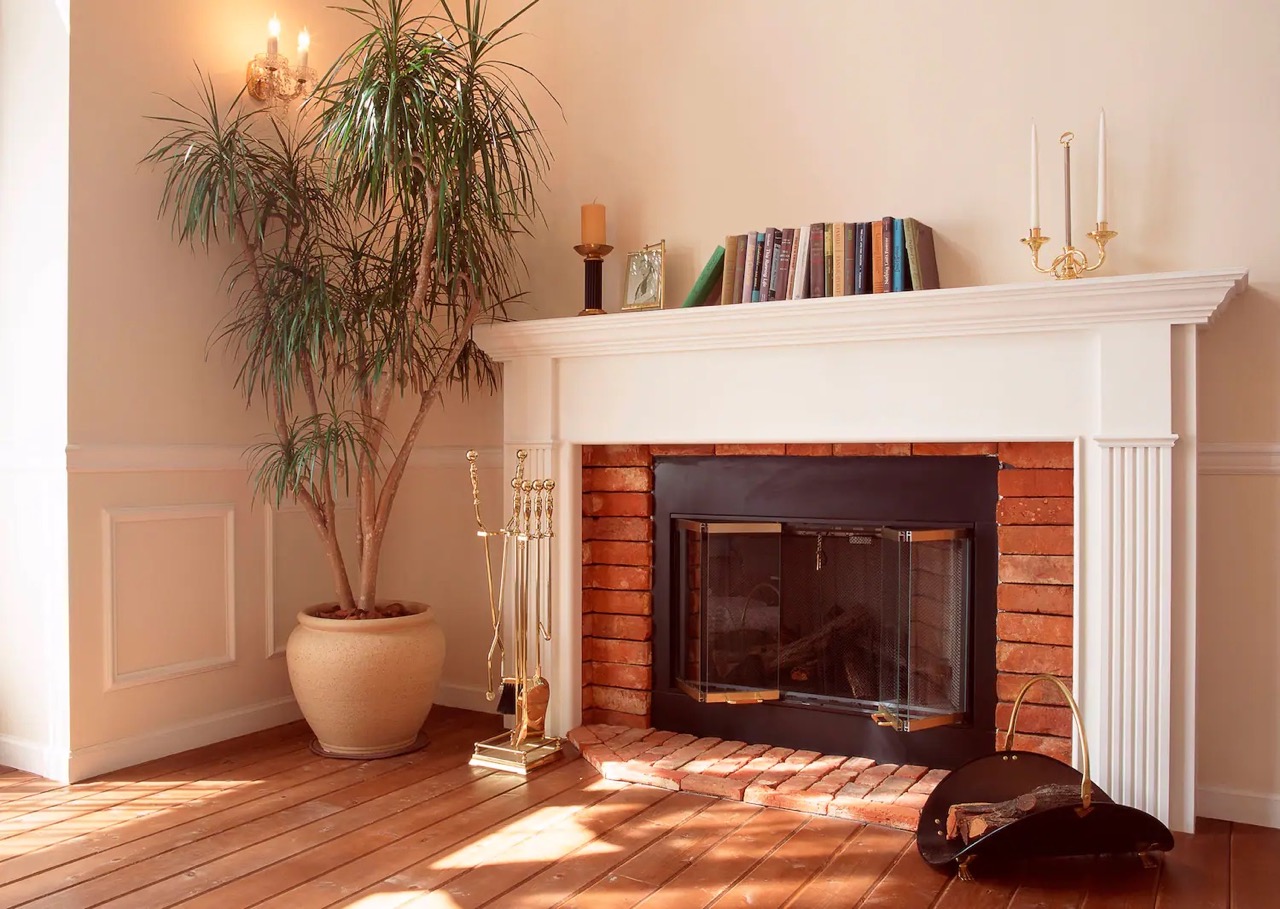
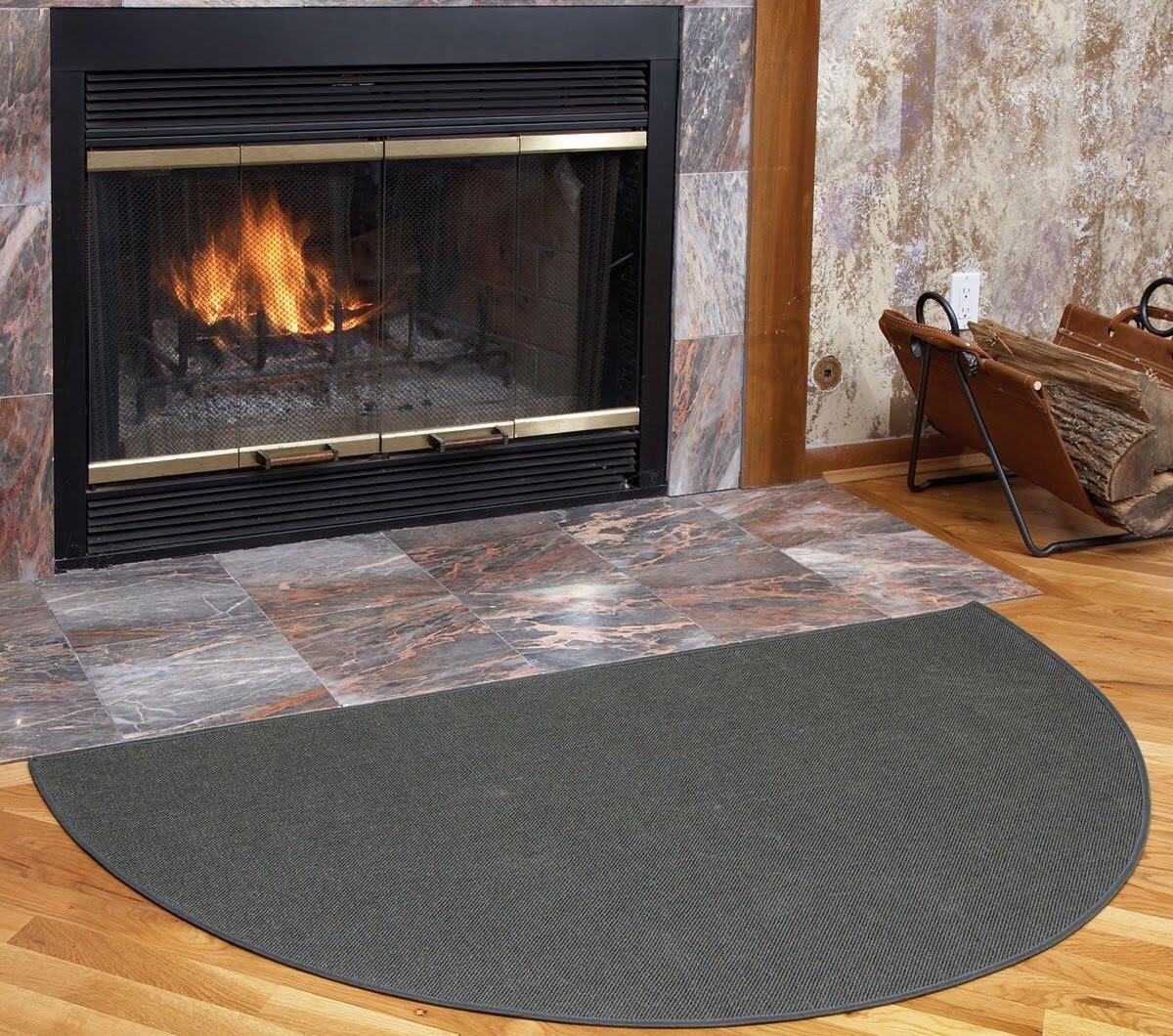
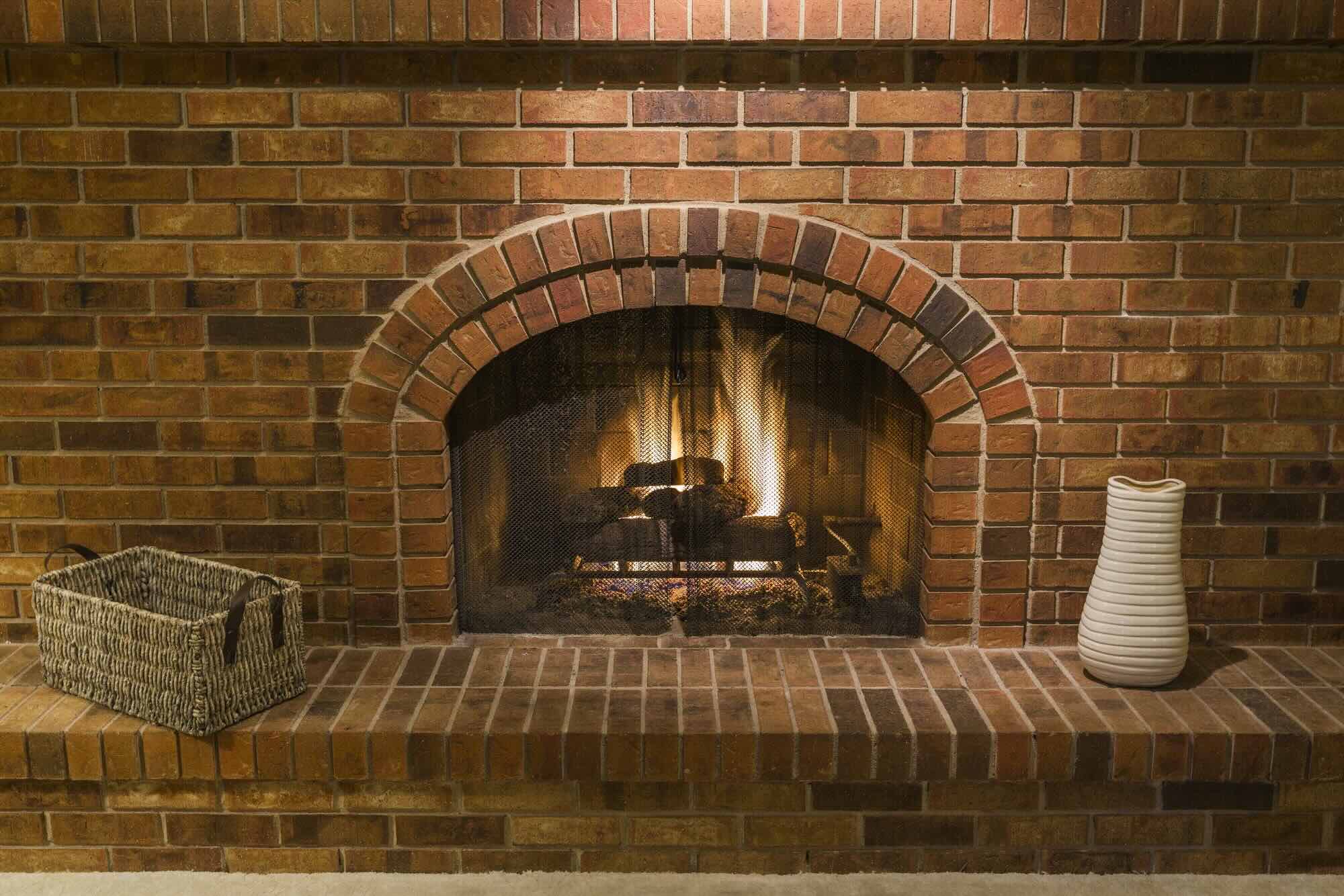
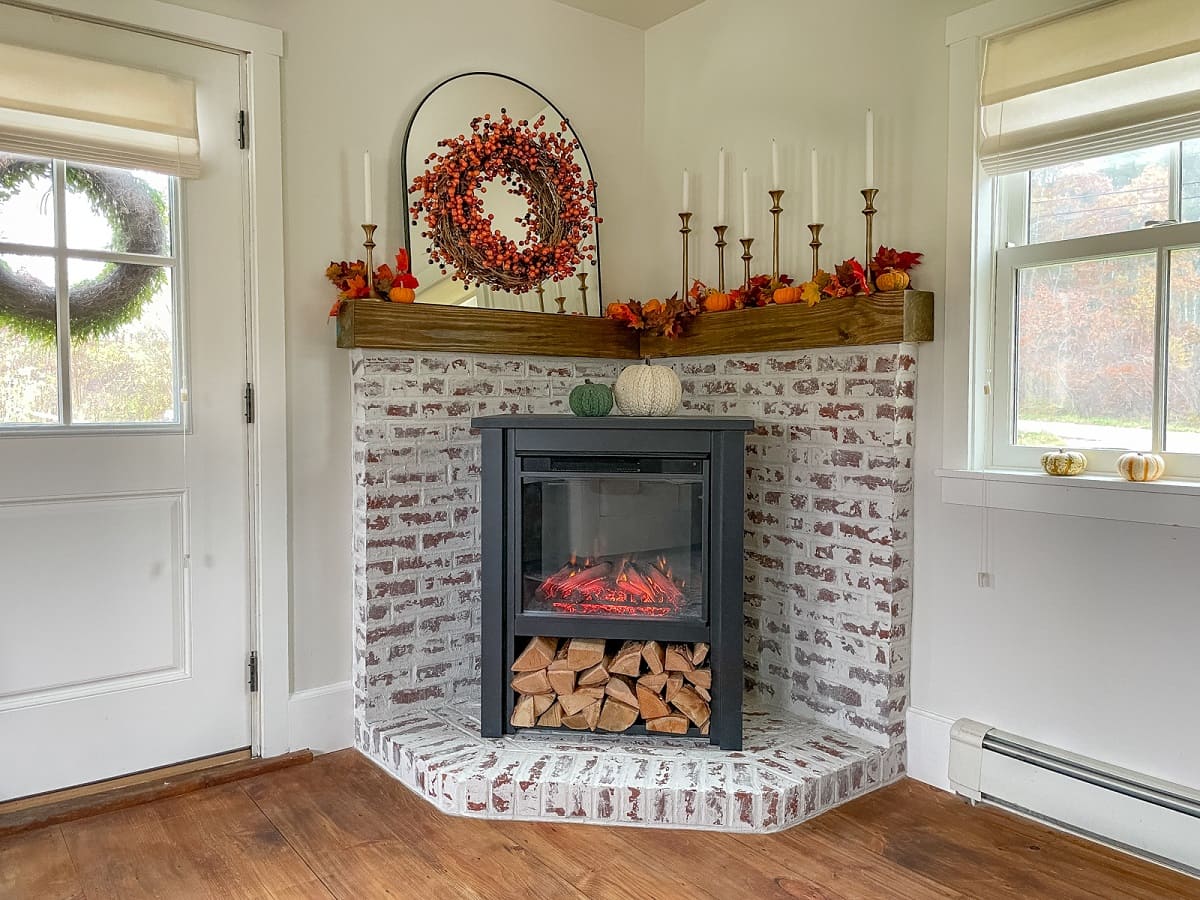
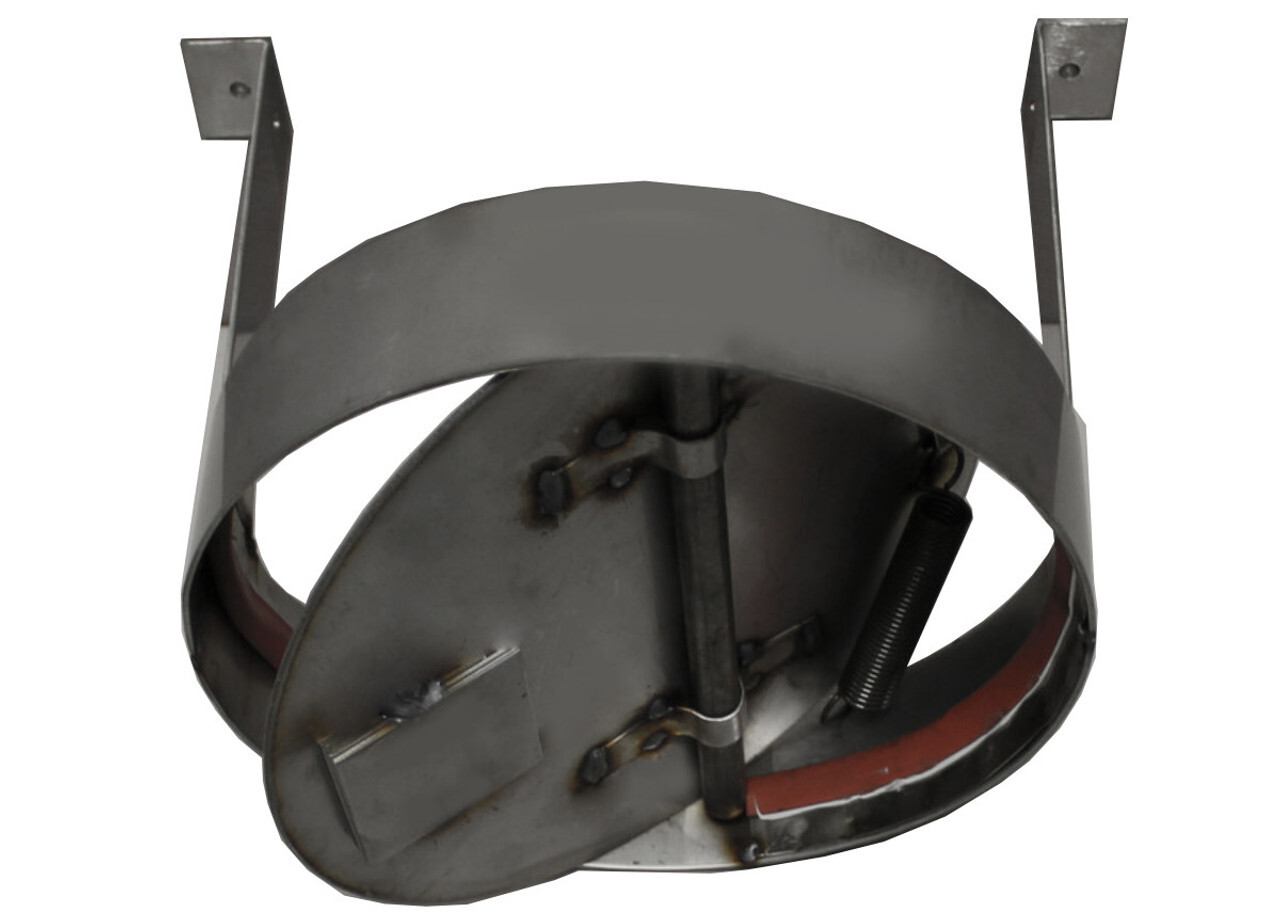
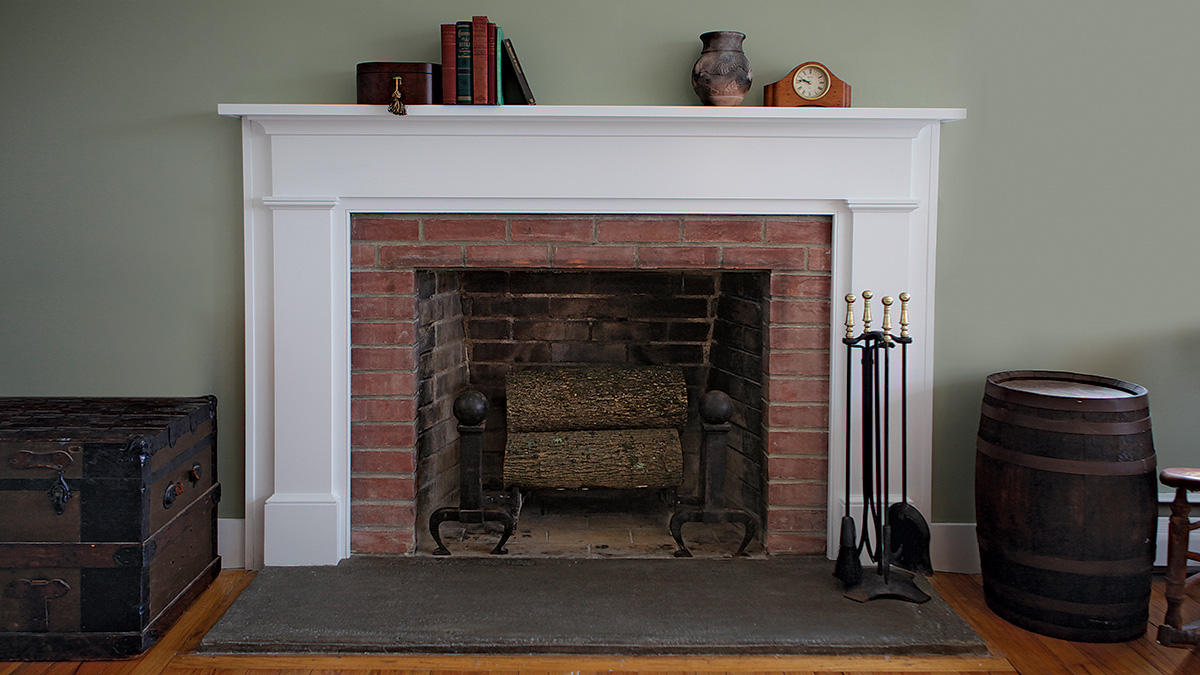
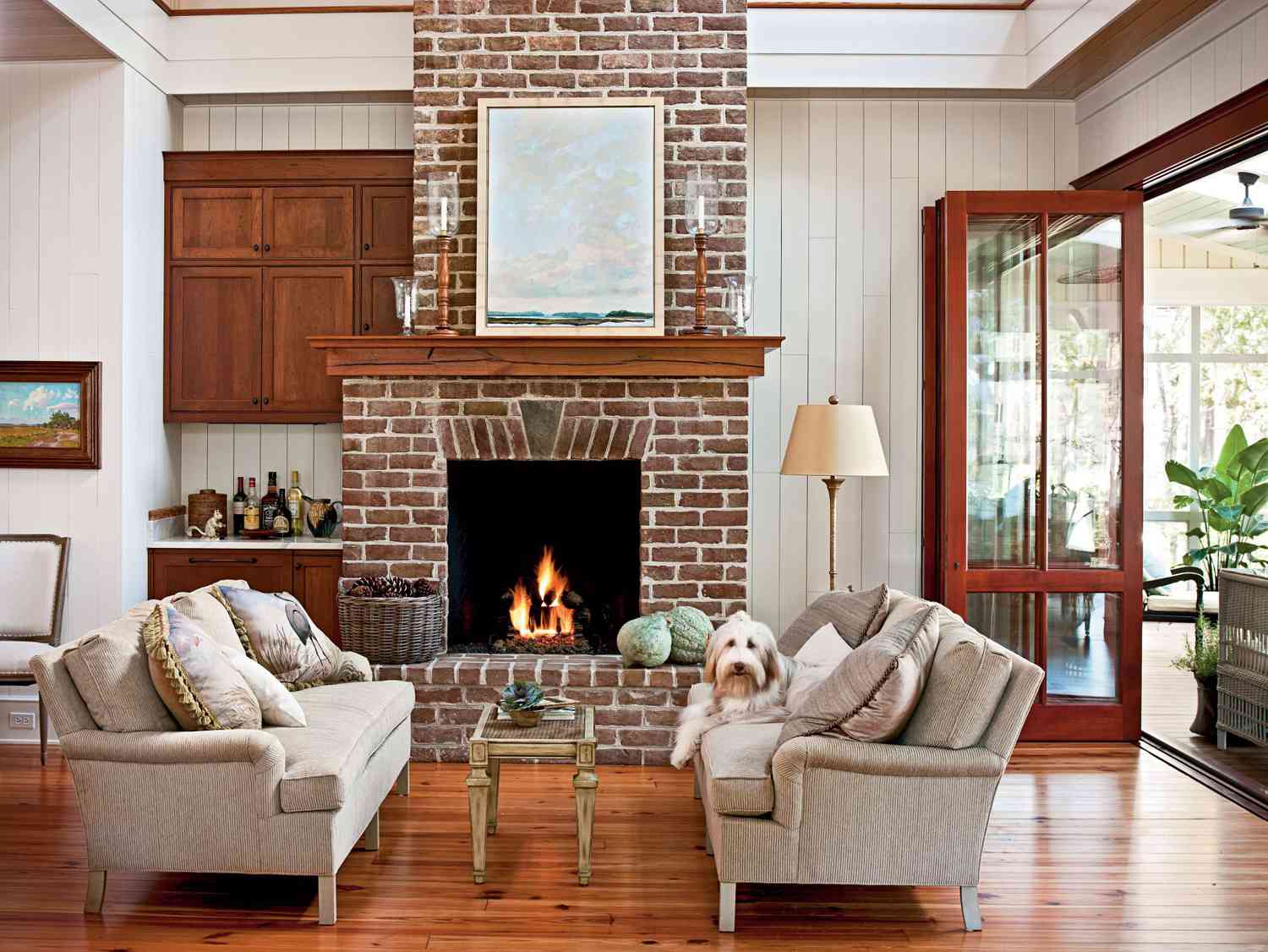
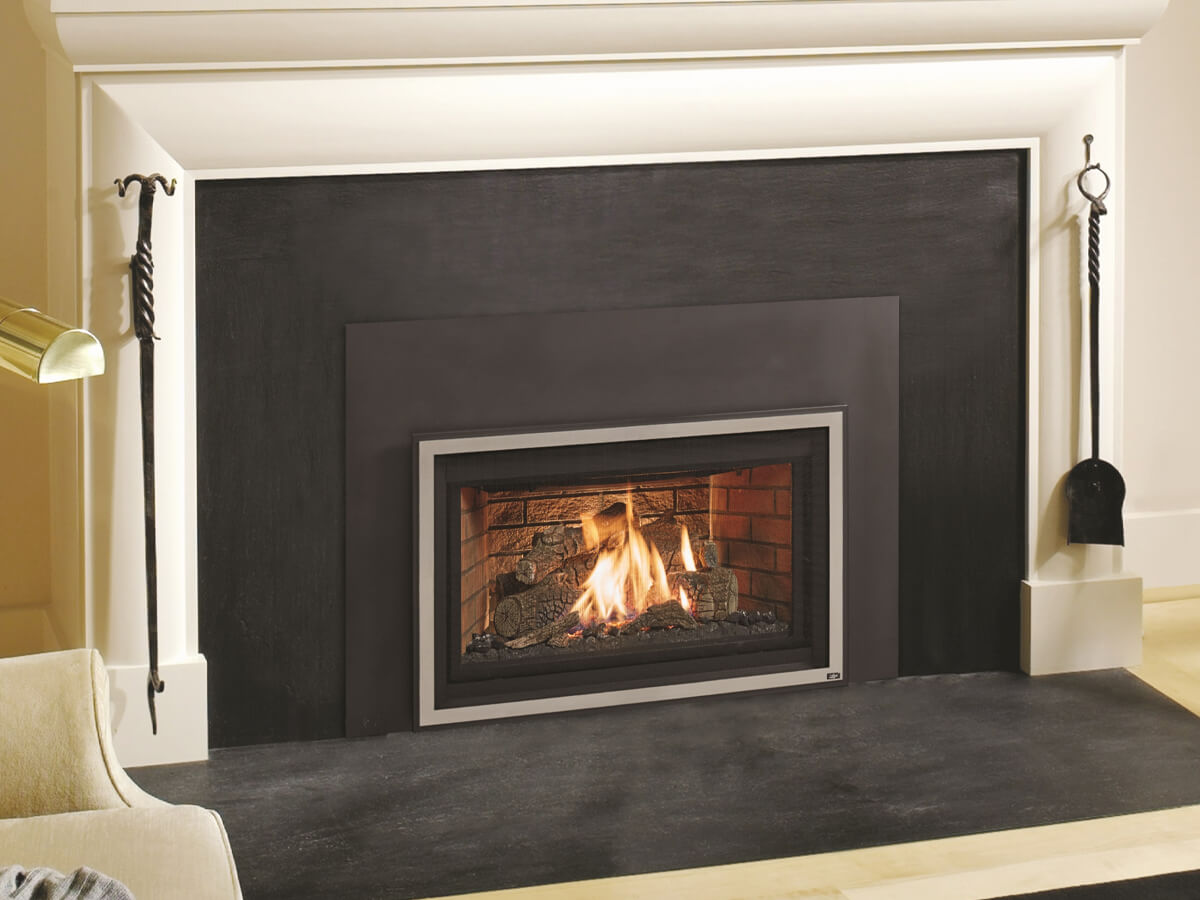
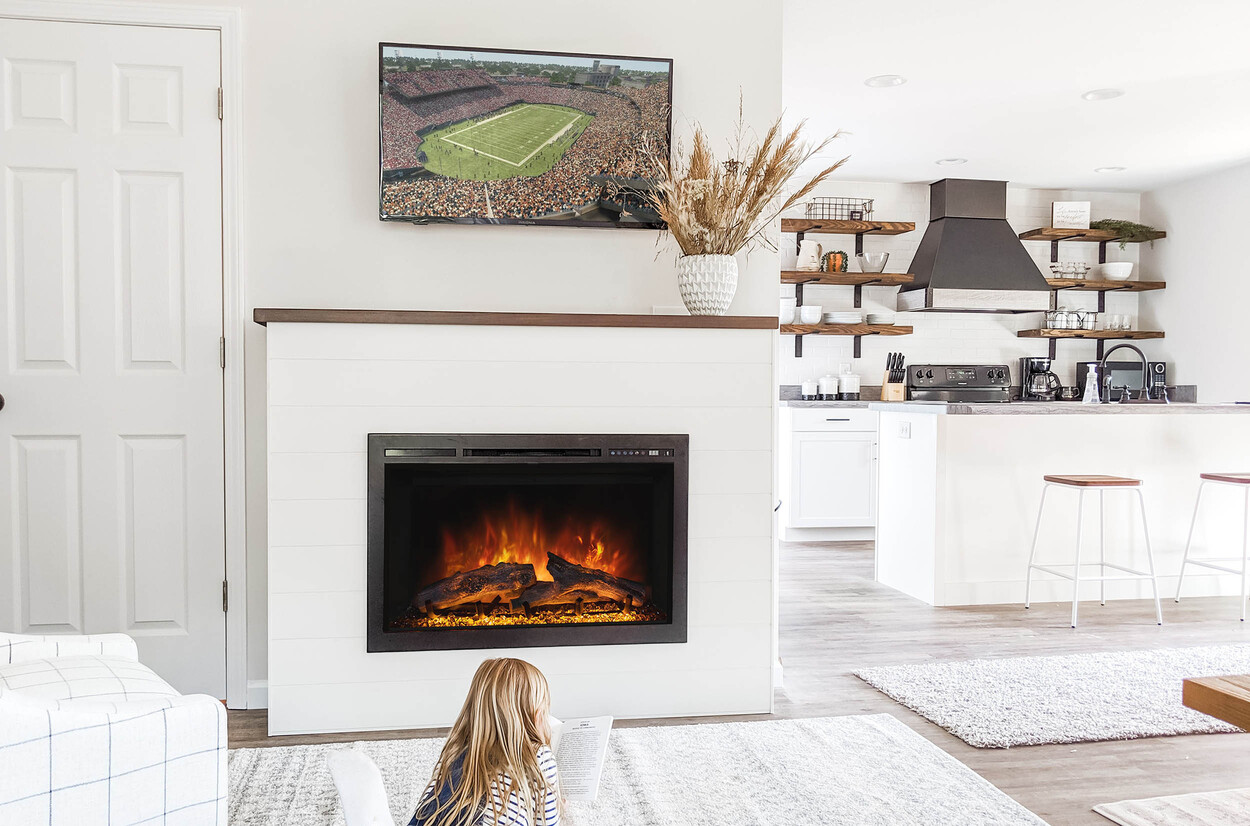
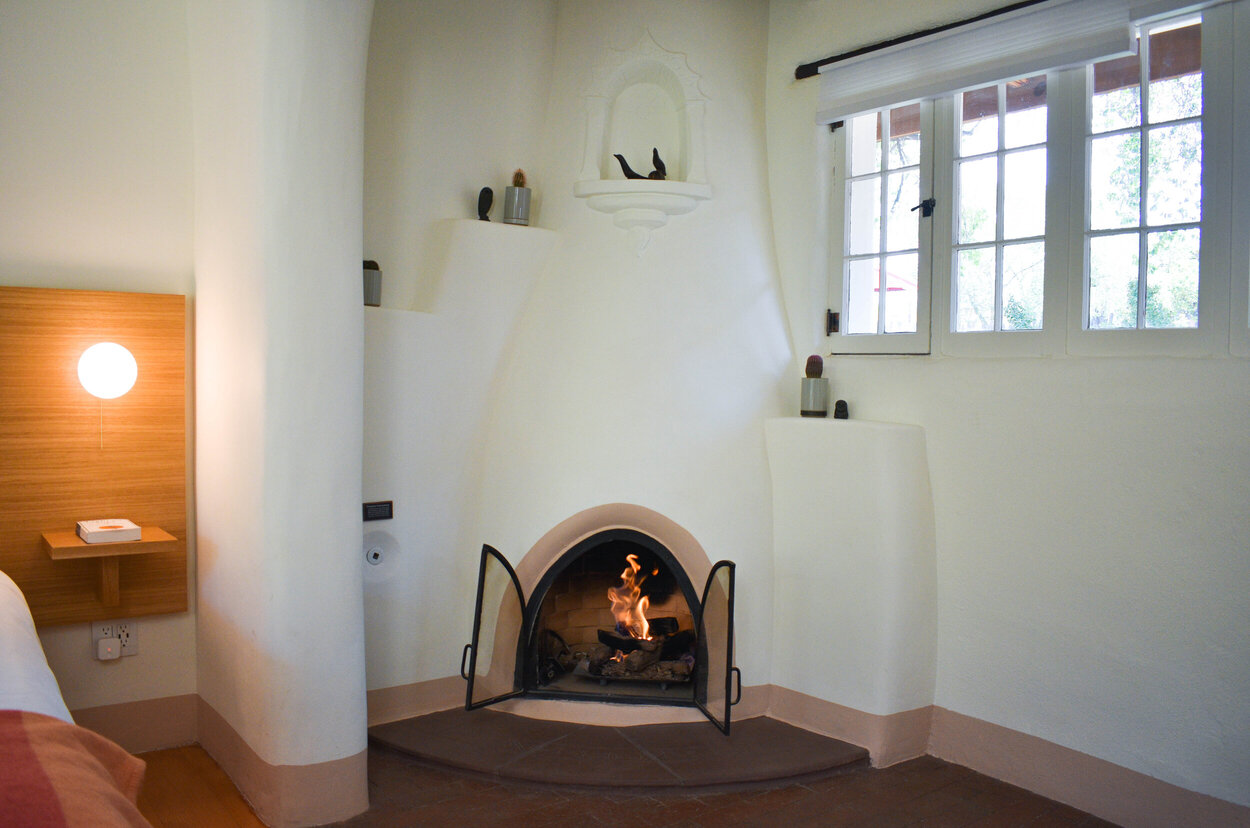

0 thoughts on “What Is The Hearth On A Fireplace”